Image 1: Extreme Longshot
This helps the audience understand where the scene is and the setting. This also helps to convey the genre.

Image 2: Long Shot
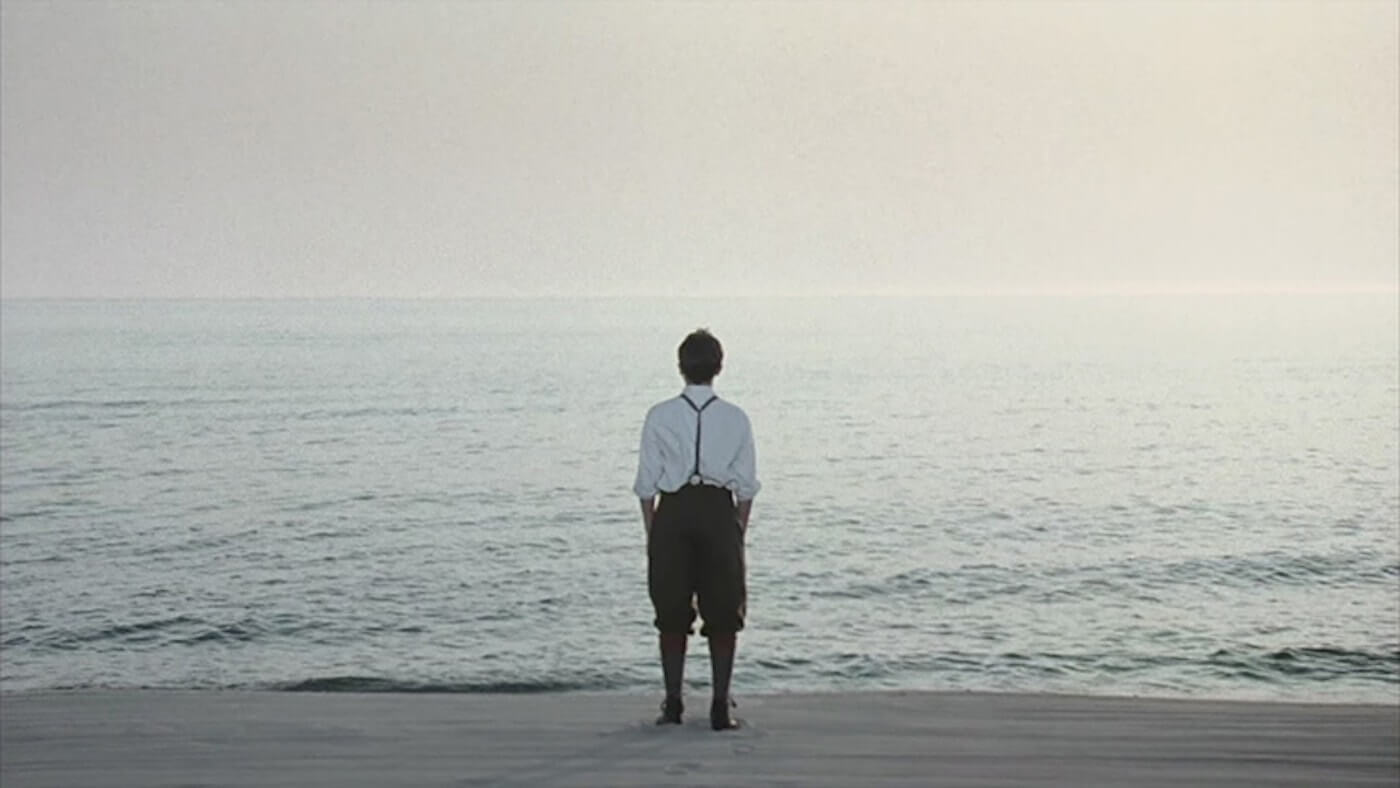
This is usually used to make the audience focus on the background and the subject at the same time to help show them where it is set without stopping the story.
Image 3: Medium LongShot

A Medium LongShot is usually used in a scene where there is action to help the audience to see what is going on.
Image 4: Medium Shot
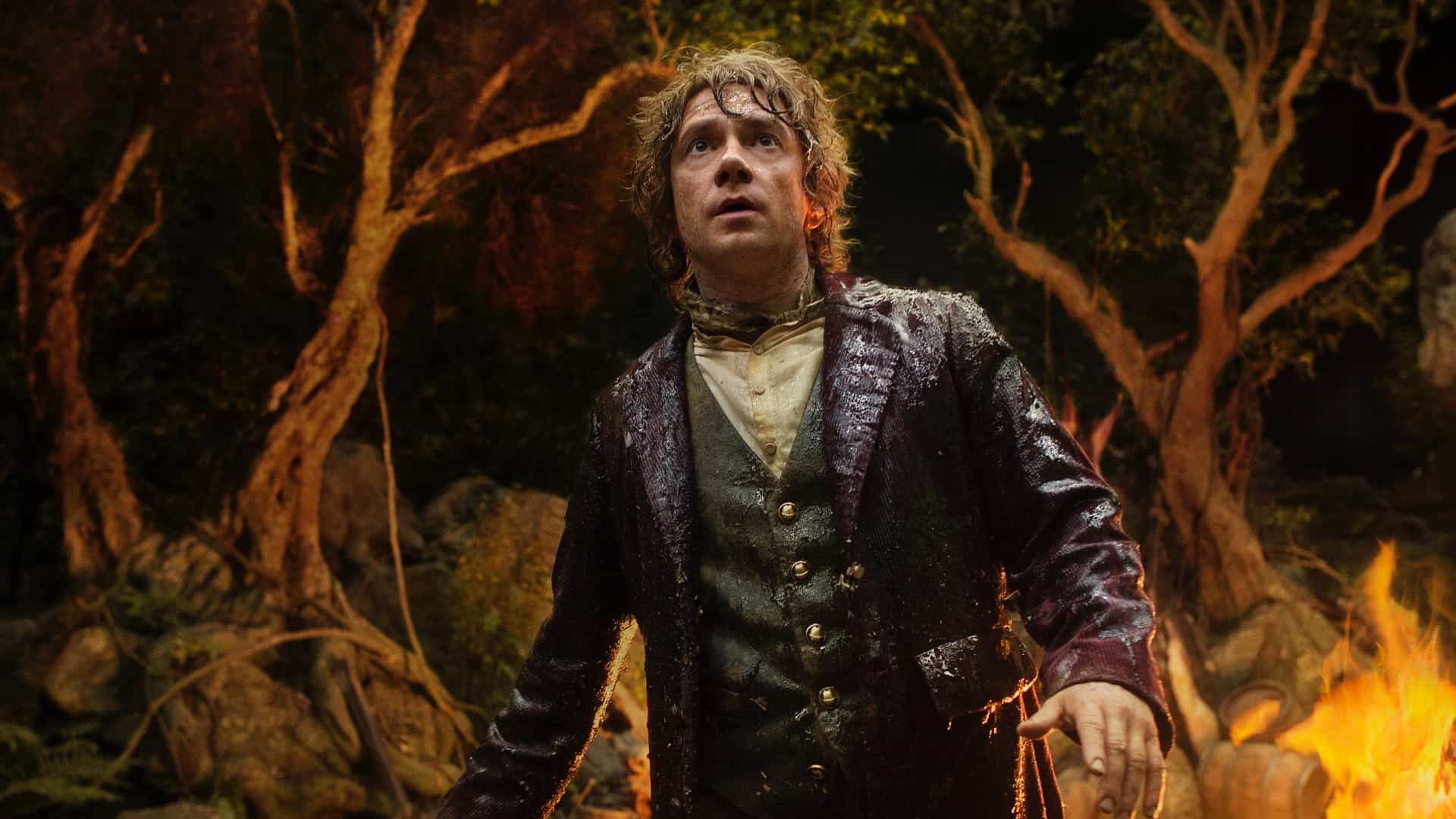
A Medium shot is used to focus on the actor and the background to convey the genre to the audience.
Image 5: Medium Close up
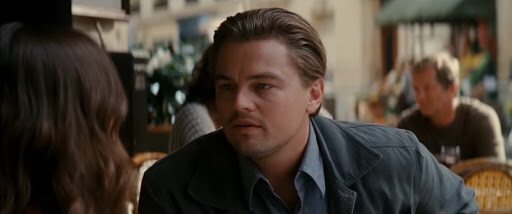
This is used to make the audience focus on a actor that may be speaking or just used to show their facial expression.
Image 6: Close up

A close up is used to help show the audience the actors facial expression
Image 7: Big Close up

Image 8: Extreme Close up

Image 9: High Angle Shot
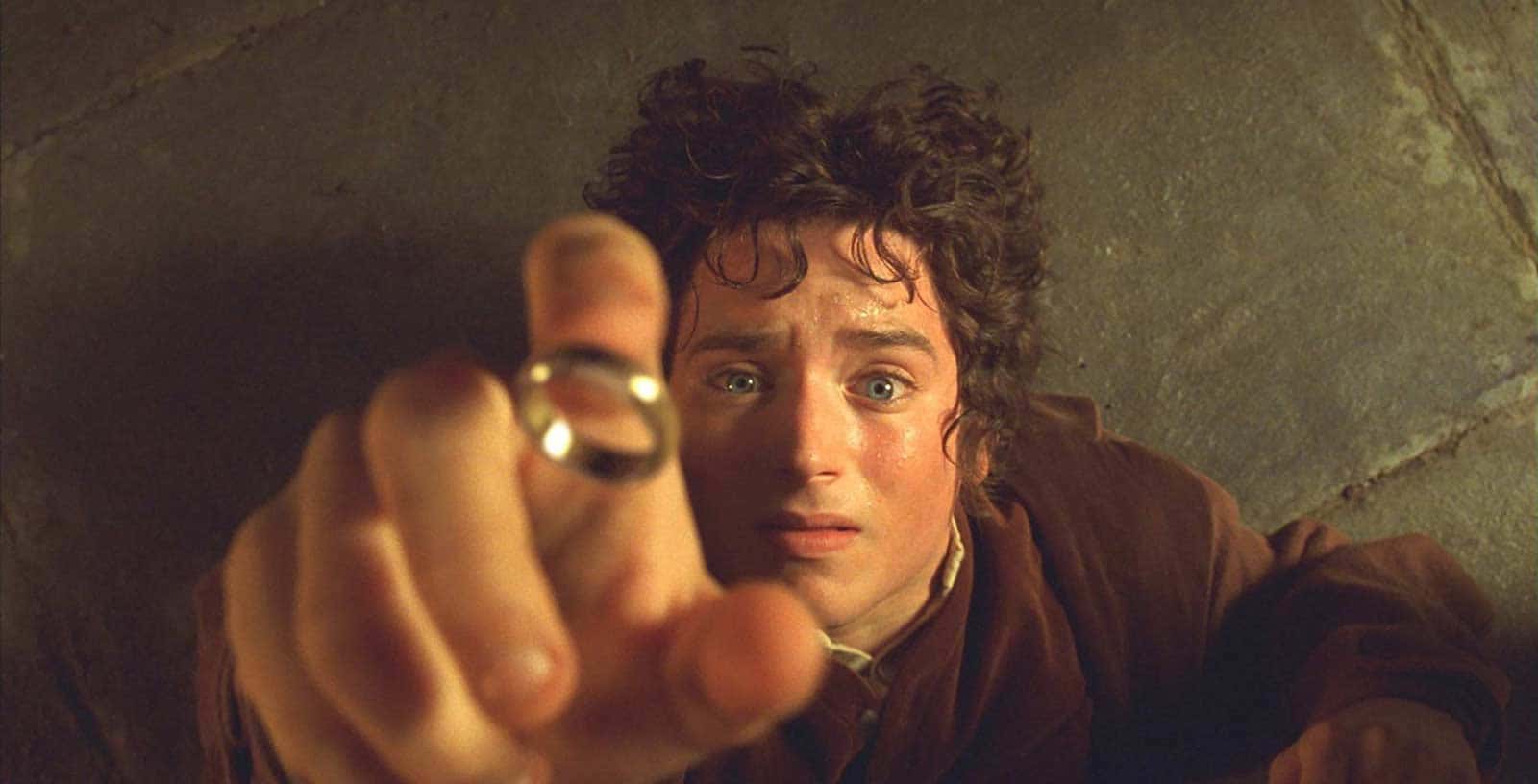
Image 10: Low Angle Shot
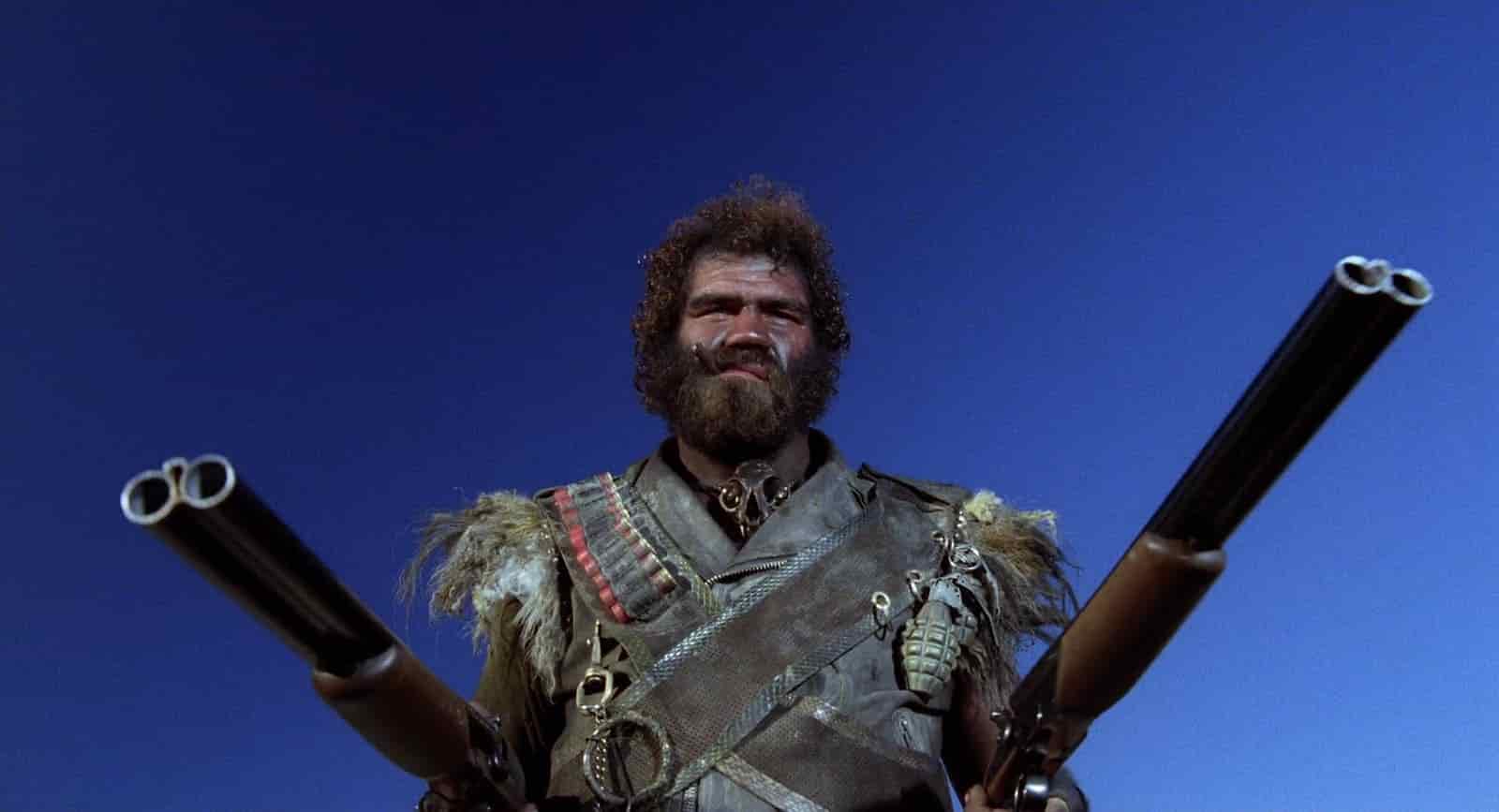
Image 11: Birds eye view

Image 12: Worms eye view

Image 13: Over the shoulder shot
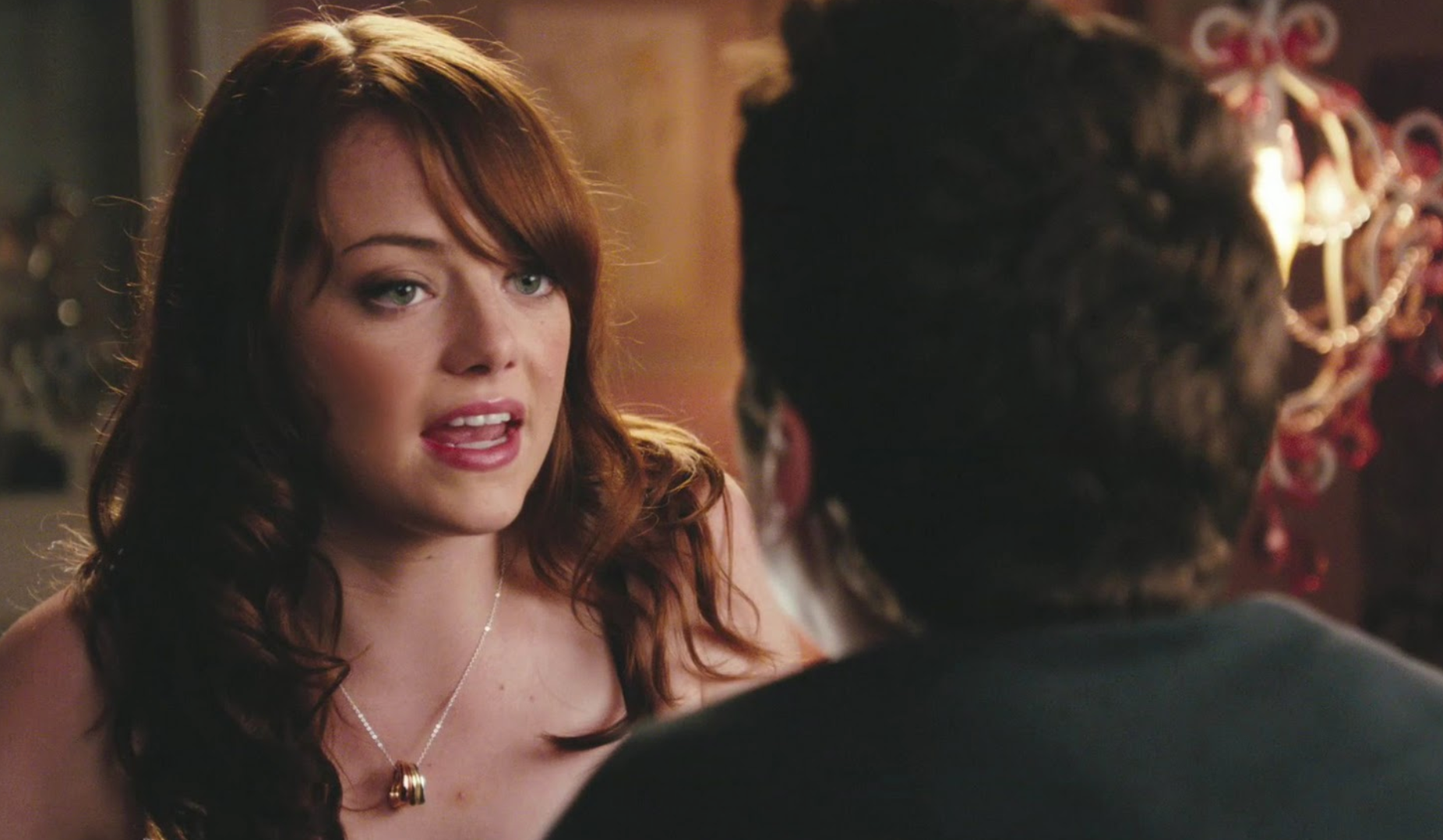
This helps the audience understand where the scene is and the setting. This also helps to convey the genre.

Image 2: Long Shot

This is usually used to make the audience focus on the background and the subject at the same time to help show them where it is set without stopping the story.
Image 3: Medium LongShot

A Medium LongShot is usually used in a scene where there is action to help the audience to see what is going on.
Image 4: Medium Shot

A Medium shot is used to focus on the actor and the background to convey the genre to the audience.
Image 5: Medium Close up

This is used to make the audience focus on a actor that may be speaking or just used to show their facial expression.
Image 6: Close up

A close up is used to help show the audience the actors facial expression
Image 7: Big Close up

Image 8: Extreme Close up

Image 9: High Angle Shot

Image 10: Low Angle Shot

Image 11: Birds eye view

Image 12: Worms eye view

Image 13: Over the shoulder shot

Comments
Post a Comment